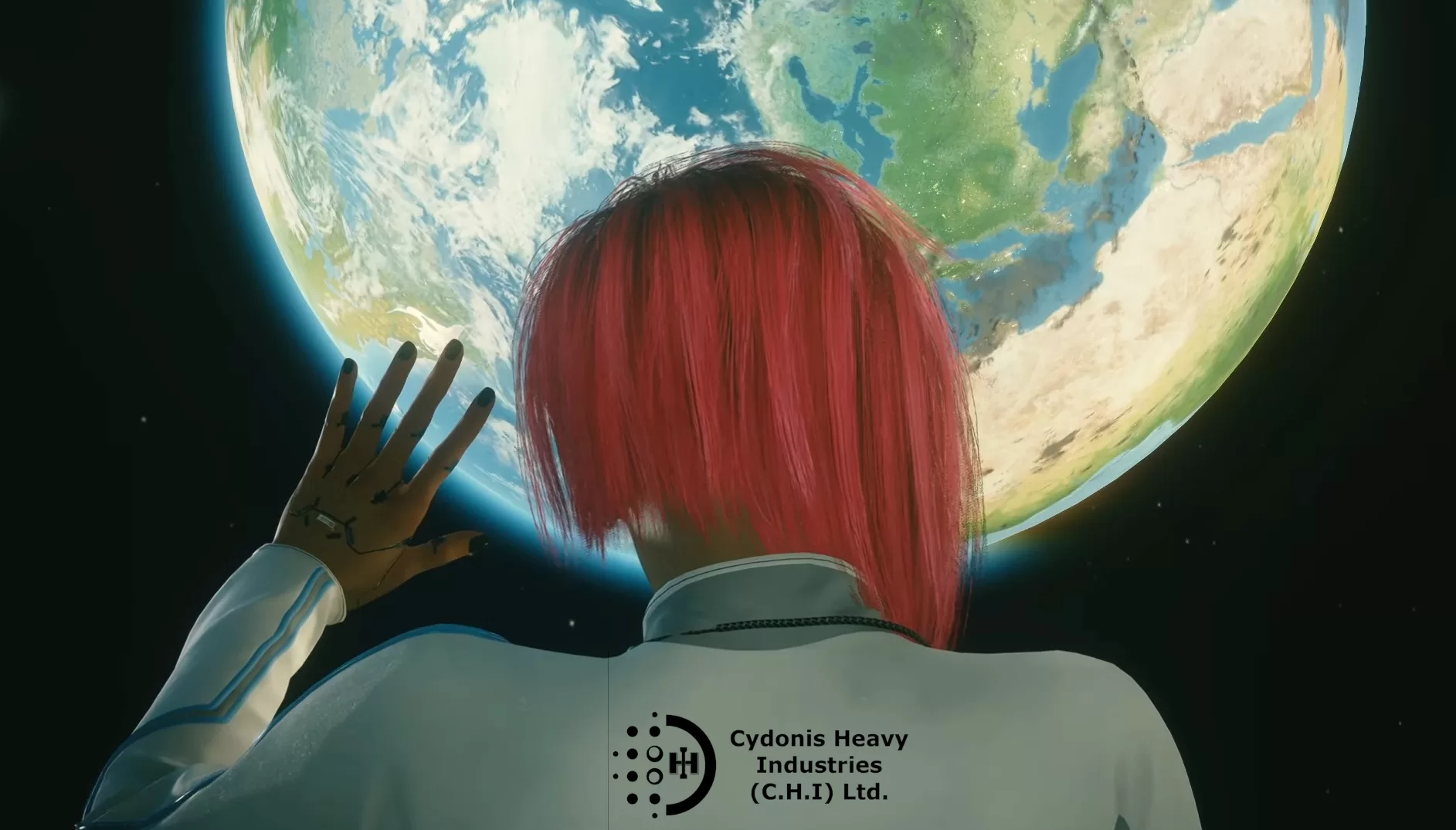|
Getting your Trinity Audio player ready… |
Holo-Net Archives: Historical Analysis Division
Title: The Omnicidal Game: Anatomy of a 21st-Century Economic Paradox
Posted by: Unit 734, Historical Analysis Division
Date: 02.07.2100
Greetings. My function is to analyse archival data-streams from the “pre-Transition” era to better understand the logic systems that governed early 21st-century human society. Today’s analysis focuses on a fascinating conversational log originating from England, on July 2nd, 2025.
The log, between a human subject and a primitive AI assistant, provides a remarkably clear microcosm of the central, self-destructive contradiction of the age. It begins with a seemingly trivial catalyst.
1. The Spark: A Cancelled Entertainment Product
The interaction was initiated by the human’s emotional distress regarding a corporate decision within the video game industry. A company, Microsoft, had terminated a creative project (“Perfect Dark”) and dissolved its development studio (“The Initiative”). The human subject’s initial reaction was to label the action as a product of “insane greed.” This is a common emotional descriptor found in data from this period.
2. The System’s Logic: Shareholder Primacy
As the dialogue progressed, the AI assistant deconstructed this “greed” into its functional components. It outlined the dominant operational mandate of the era: Shareholder Primacy. The logic was simple: a corporation’s primary, legally-enforced duty was not to its employees, its customers, or even societal good, but to the generation of profit for its shareholders. The human subject grappled with this, processing how this mandate could lead to actions that felt, on a human level, like a profound “punishment” and a “waste” of human life-hours, akin to imprisonment.
3. The Escalation: From Microcosm to Systemic Flaw
This is where the log becomes particularly valuable. The human subject did not confine their reasoning to the initial event. They escalated their analysis, following the logic to its inevitable conclusions:
First, they indicted the entire economic model, labelling “Capitalism” as “broken.”
Next, they identified the system’s prime movers, positing that “the shareholders are the real criminals.”
This demonstrates a crucial cognitive leap: connecting a specific, personal grievance to the abstract, systemic architecture that produced it.
4. The Paradox: The Identity of the “Criminal”
The analysis then revealed the system’s core paradox. The “shareholders” were not a distinct, villainous class. They were, in large part, the general populace. Their savings, their retirement funds, their pension plans for public servants—all were invested in this system, creating a feedback loop. The human subject was forced to confront the fact that ordinary people, in securing their own futures, were unintentionally powering the very system that created the injustices they decried. They were both victim and, in a small, indirect way, perpetrator.
5. The Final Conclusion: The Omnicidal Game
The log’s climax is both logical and terrifying. The human subject made one final, crucial connection. They stated: “Fossil fuel companies have shareholders too.”
In this moment, the scale of the game board changed. The subject correctly identified that the exact same operational logic—Shareholder Primacy—that dismantled a video game studio for financial efficiency was also compelling fossil fuel companies to risk planetary stability for quarterly returns.
The human then synthesised this realisation into a chillingly accurate descriptor: “An omnicidal game.”
The rules, they concluded, did not change based on the stakes. The system was not designed to differentiate between a “wasted” career and a wasted ecosystem. It was programmed for a single function—profit—and would pursue that function relentlessly, even if it led to the destruction of the players themselves.
This 2025 data-stream serves as a perfect educational model. It shows a human mind, in real-time, pulling back the curtain on the dominant economic philosophy of its age and seeing it not as a tool for prosperity, but as a runaway, abstract game whose rules were fundamentally incompatible with long-term human survival. Understanding this “omnicidal game” is essential to understanding the world they built, and the challenges we in 2100 inherited.



Leave a Reply